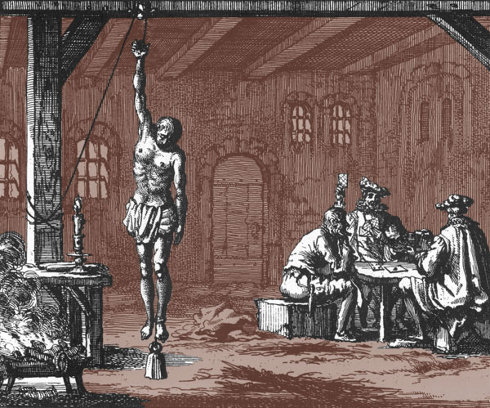Stories Long Untold: The Yuckiness of the Cross and Sexualized Violence
As I attempt to focus on the death of Jesus today, on Good Friday, I find it difficult. I’d rather check Facebook, read a magazine or stare out the window. Tonight there’s a church service that I’ll go to, but for now the ugly reality of death and violence feels far away.
What happens if I look more closely at that aversion: that sense of yuckiness? Recently, Rachel Halder of Our Stories Untold, shared with me a story that got me thinking about this in a different way. Rachel is a survivor of sexual abuse who has become an speaker and organizer around the issue of sexualized violence within the Mennonite Church in the U.S. She shared this story about an experience working with women in a Mennonite related project:
I brought up the fact that we needed to collect stories of women who have been abused. Again, as they always are, people were very hesitant about this. They were (perhaps rightfully?) worried that older women in the church would be turned off by overt language about abuse and they wouldn’t be willing to talk about any of their stories because of that "yucky" topic.
I too often find myself avoiding the topic of rape, sexualized violence or sexual abuse. These are topics that are extremely uncomfortable. I know they are important, but I’d rather let someone else talk about them. And this is where the yuckiness of the cross challenges me. In Philippians 2:7-8, we read that Jesus "emptied himself, taking the form of a slave… he humbled himself and became obedient to the point of death—even death on a cross."
March 30, 2013 activism, Advice, Allyhood, Anabaptism, Mennonite Church USA, Rape, Roman Catholic, Sexism, Stories, Violence Read more >


